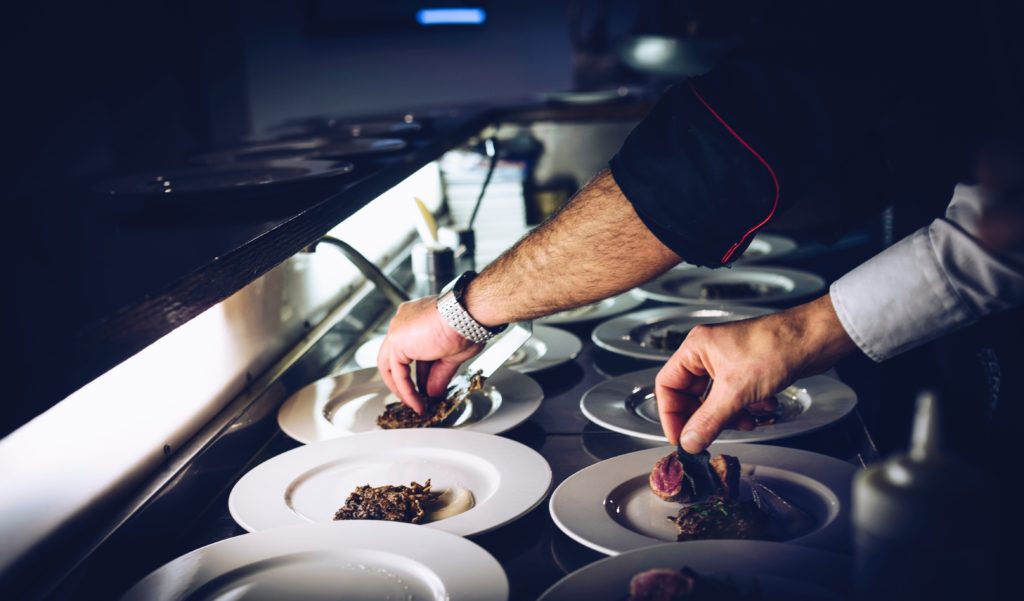Chicken Town
About Us

Where it all started
It may take a village to raise a child, but if you're planning to operate a charity restaurant, you'll need more than a village to keep it afloat.
An continuous venture that fills coffers, similar to retail white elephant stores sponsored by charities, is a terrific method to keep a steady money stream running into the organization. If the restaurant is a fresh start-up that isn’t an extension of an existing charity, the first step is to form a 501(c) 3 corporation.
First steps
Consult your nonprofit's attorney and accountant to ensure that no bylaws or charter language prevents your organization from opening a restaurant. Ask your advisers for advice on how to handle this project so you can avoid legal and financial snags before you start. Importantly, ask these people to assist you in establishing a structure that distinguishes the nonprofit's money from those of the prospective restaurant, so the IRS doesn't show up at your kitchen door later.
Directions
To run the proposed restaurant, create a separate board of directors. It's fine for some members to serve on both boards, but since the restaurant board is in charge of overseeing the project from start to end, having a few restaurant-only members is a good idea. Give board members a list of measures to do to get the nonprofit restaurant off the ground once they've been appointed, including recruiting a staff liaison to function as a contact between the charity and the restaurant.
Location
Locate the ideal retail location. If you already have a charity set up and the restaurant will serve as a physical extension of its offices, you may already have the perfect location in mind. Alternatively, based on traffic patterns and your current budget, determine the optimum location for your business. A commercial realtor can assist you in narrowing down your choices. Get advice from the board, staff, donors, and patrons when it comes to location; you never know who might be able to help you negotiate a lease or equip the facility.

Technical moments
You'll save a lot of time and effort if you can take over the lease of an existing restaurant. As soon as you've found a space and signed a lease, get the licenses and permits you'll need to run your charity restaurant. While you wait for this paperwork to be processed, enlist the help of everyone on your donor list: whether you just need a few volunteers to spruce up, paint, and clean the facility you've acquired, or you need an army of volunteer carpenters, electricians, and plumbers, keep your costs down by relying on the good will of those who support your efforts.
Final touches
Create a menu, establish operational procedures, sign contracts with food purveyors, and finish the cosmetics for your nonprofit restaurant's grand opening. Set up a computerized cash register system so you can keep track of your sales numbers and maintain your accounting records in one location. You'll need a method for tracking supplies and resources so you don't run out of menu items, as well as a large enough volunteer force to make a difference in the lives of those who will benefit from this journey.

Now let's get to the tasty stuff
Vegan Grocery Products
Hundreds of delectable vegan packaged foods are available. We and other businesses make it simple to avoid eating non-vegetarian cuisine. We provide a huge selection of vegan meat products to pick from. Likewise, the range of dairy replacements is astounding. If you adore cheese ice cream butter, there are dozens of high-quality vegan alternatives. And things are just going to get better. There isn't a month that goes by without wonderful new products being released.If you spend twenty minutes strolling around a natural foods store, you'll find a plethora of new foods to try. The bulk department, which is stocked with low-cost vegan snacks and essentials, is not to be missed.

